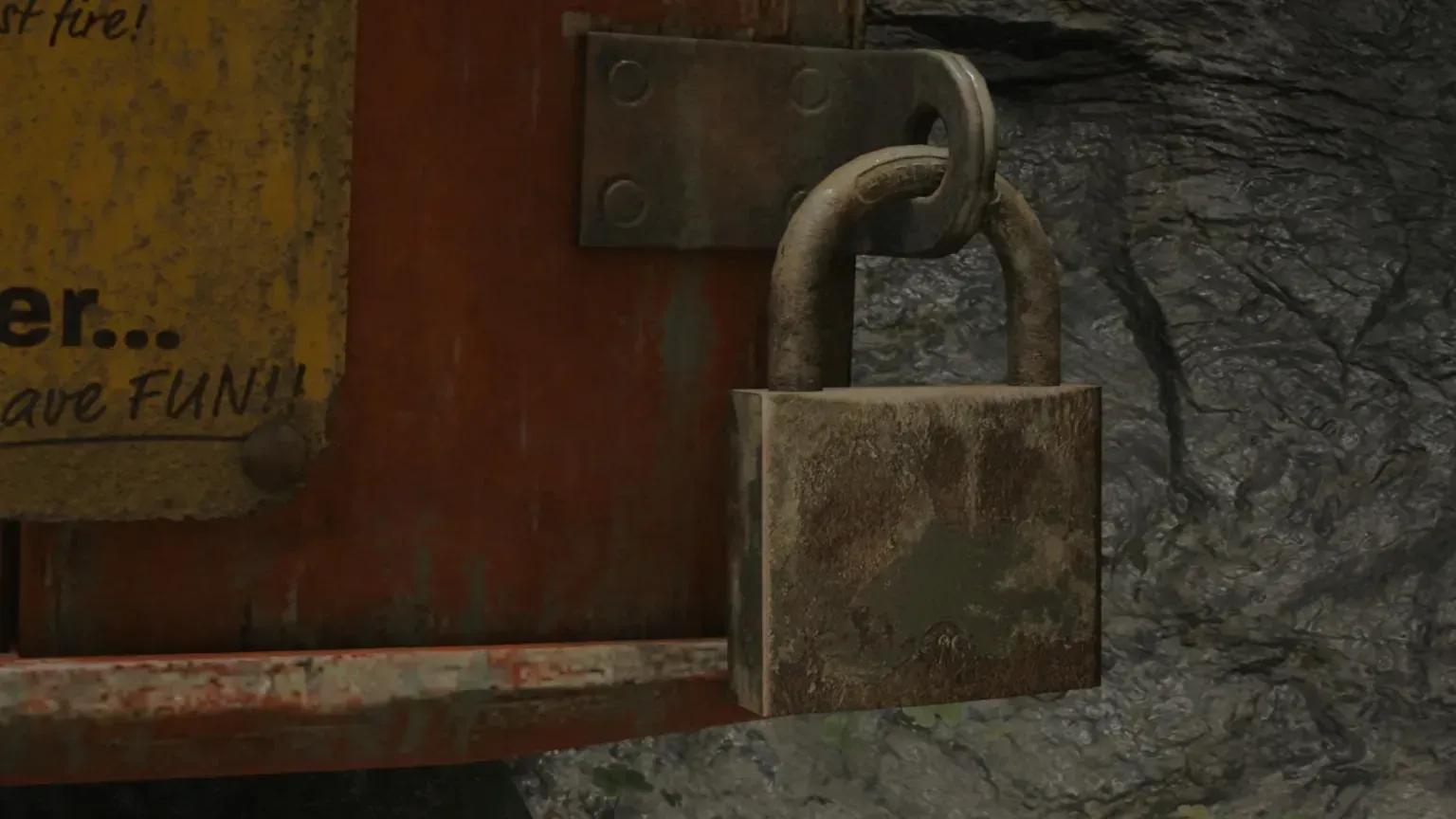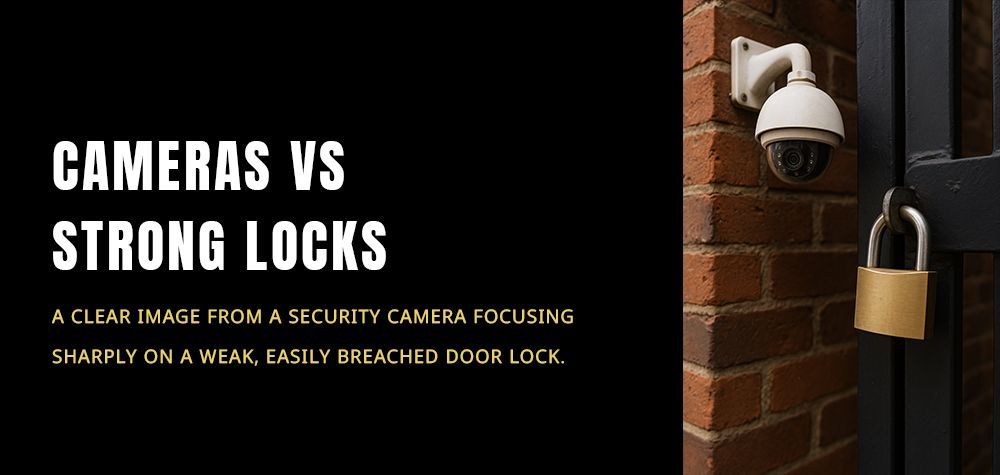How to Open a Rusted Lock
So, you've been trying to unlock that stubborn, rusted lock with no luck, right? It’s frustrating, and I get it. A rusted lock can stand between you and accessing something important, leaving you feeling helpless. But don't worry, because you're in the right place.
In this guide, we'll dive into how to open a rusted lock using practical, effective methods. Whether you're dealing with an old shed lock, a gate that hasn't been opened in years, or a padlock that's seen better days, we've got you covered. Let's dive right into the article and get that rusted lock open in no time.
Read about Importance of regular lock maintenance!
Understanding Rusted Locks
What is Rust?
Alright, let's break it down. Rust is that reddish-brown stuff you see on old metal, and it's the result of iron reacting with oxygen and moisture. This chemical process creates iron oxide, which eats away at the metal over time, making it weaker and, unfortunately, a lot harder to deal with.
Why Locks Rust
Now, you might be wondering, why do locks rust in the first place? Here are the usual culprits:
- Exposure to Rain and Humidity: Moisture is the main enemy.
- Salt Air: If you live near the coast, the salty air speeds up rusting.
- Lack of Maintenance: Skipping regular lubrication means trouble.
- Old Age: Time wears down everything, including your locks.
- Dirt and Debris: These can trap moisture and cause rust.
Identifying a Rusted Lock
So, how do you know if your lock is rusted? It’s not too hard to spot. Look for a reddish-brown coating on the lock’s surface. If the key is hard to turn or doesn't fit smoothly, that’s a big sign. Sometimes, rust can even make the lock look swollen or misshapen. Trust me, if it looks bad and works worse, rust is likely the culprit.
Tools and Materials Needed to Open a Rusted Lock
- WD-40 or other penetrating oil
- Graphite powder
- Silicone spray
- Hairdryer or heat gun
- White vinegar or lemon juice
- Commercial rust remover
- Wire brush
- Sandpaper
- Steel wool
- Hammer or rubber mallet
- Safety gloves
- Safety glasses
- Clean cloths or rags
Method 1: Using Lubricants
- Choose the Right Lubricant: Select WD-40, graphite powder, or silicone spray.
- Apply the Lubricant: Spray or puff the lubricant into the keyhole and around moving parts.
- Wait for Penetration: Let the lubricant sit for 5-10 minutes.
- Insert the Key: Gently insert and try to turn the key.
- Reapply and Repeat: Apply more lubricant if needed and wait again.
- Work the Lock: Slowly work the key back and forth to distribute the lubricant.
- Clean the Lock: Wipe away excess lubricant with a clean cloth.
Method 2: Applying Heat
- Safety First: Ensure you're in a well-ventilated area and wear safety gloves.
- Choose a Heat Source: Use a hairdryer or heat gun.
- Apply Heat Evenly: Direct the heat at the lock, moving it around to avoid overheating any one spot.
- Heat for 5-10 Minutes: Continue applying heat until the lock feels warm to the touch.
- Insert the Key: Carefully insert the key into the lock.
- Attempt to Turn: Gently try to turn the key while the lock is still warm.
- Repeat if Necessary: If the lock doesn’t open, reapply heat and try again.
Give this one a read - 'Door lock problems you must address!

Method 3: Using Vinegar or Lemon Juice
- Gather Supplies: Get white vinegar or lemon juice, a container, and a clean cloth.
- Soak the Lock: Submerge the rusted lock in vinegar or lemon juice for 2-3 hours.
- Remove and Scrub: Take the lock out and scrub it with a wire brush or steel wool to remove loosened rust.
- Re-soak if Necessary: If rust remains, re-soak the lock for another 1-2 hours.
- Rinse the Lock: Rinse the lock with water to remove any remaining vinegar or lemon juice.
- Dry Thoroughly: Dry the lock completely with a clean cloth to prevent further rusting.
- Try the Key: Insert and turn the key to see if the lock opens. If needed, repeat the process.
Method 4: Using a Rust Remover Product
- Choose the Right Product: Select a commercial rust remover like Evapo-Rust or CLR.
- Read Instructions: Carefully read and follow the product’s instructions for safety and effectiveness.
- Apply the Rust Remover: Apply the rust remover to the lock, ensuring it covers all rusty areas.
- Soak the Lock: If recommended, submerge the lock in the rust remover solution for the specified time, usually a few hours.
- Scrub the Lock: After soaking, scrub the lock with a wire brush or steel wool to remove the loosened rust.
- Rinse Thoroughly: Rinse the lock with water to remove all traces of the rust remover.
- Dry Completely: Dry the lock thoroughly with a clean cloth to prevent new rust from forming.
- Test the Lock: Insert and turn the key to see if the lock opens smoothly. If necessary, repeat the process.
Method 5: Manual Scrubbing and Abrasion
- Gather Tools: Get a wire brush, sandpaper, and steel wool.
- Safety First: Wear safety gloves and goggles.
- Scrub with Wire Brush: Use the wire brush to scrub off as much rust as possible.
- Sand the Lock: Use sandpaper to smooth out the rusted areas and remove remaining rust.
- Polish with Steel Wool: Polish the lock with steel wool for finer rust removal.
- Clean the Lock: Wipe the lock with a clean cloth to remove rust particles.
- Try the Key: Insert and turn the key to check if the lock opens. Repeat if necessary.
Method 6: Tapping and Shock Methods
- Choose a Tool: Select a hammer or rubber mallet.
- Safety First: Wear safety gloves and goggles.
- Tap the Lock: Gently tap the lock with the hammer or mallet to dislodge rust inside.
- Focus on the Keyhole and Shackle: Concentrate tapping around the keyhole and shackle area.
- Insert the Key: After tapping, insert the key into the lock.
- Attempt to Turn: Gently try to turn the key while tapping lightly if necessary.
- Repeat if Necessary: If the lock doesn't open, repeat the tapping and turning process.
Hire a professional to open a rusted lock:
If you're facing the frustrating challenge of a rusted lock that just won't budge, it's time to call in the experts at Brothers Locksmith. With their specialized knowledge and tools, they can tackle even the most stubborn rusted locks with precision and care. Don't let a rusted lock stand in the way of your security and peace of mind. Reach out to Brothers Locksmith today for prompt and professional assistance.
Conclusion:
In conclusion, dealing with a rusted lock can be a daunting task, but armed with the right knowledge and tools, it's a challenge that can be overcome. Whether you've successfully opened your lock using one of the DIY methods outlined here or you've decided to seek professional help from Brothers Locksmith, the key is to address the issue promptly to ensure the security of your property. Remember to take preventive measures to avoid future rust buildup by maintaining your locks regularly and keeping them well-lubricated. With these tips in mind, you can keep your locks in top condition and enjoy peace of mind knowing that your belongings are safe and secure.
Call Us Any Time!








